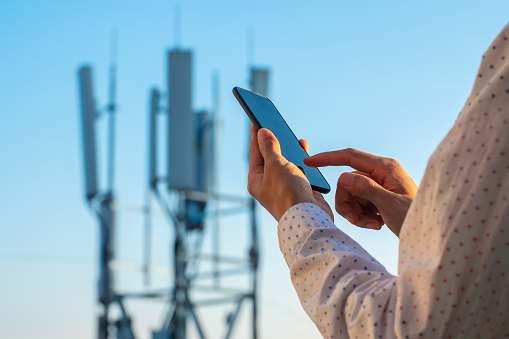What are the Differences Between Mobile Network Generations - 1G, 2G, 3G, 4G and 5G?
Mobile network generations have come a long way since the first generation (1G) was introduced in the 1980s. Each new generation has brought faster speeds, greater capacity, and new capabilities to mobile devices. In this article, we will take a closer look at the differences between the five major mobile network generations: 1G, 2G, 3G, 4G, and 5G
1G, or first generation, was the first analog cellular network. It was introduced in the 1980s and provided basic voice services to mobile phones. 1G networks were based on the Advanced Mobile Phone System (AMPS) and Total Access Communication System (TACS) standards. They had low capacity, poor call quality, and were prone to dropped calls.
2G, or second generation, was introduced in the early 1990s and was based on digital technology. 2G networks were based on the Global System for Mobile Communications (GSM) and Code Division Multiple Access (CDMA) standards. They offered improved call quality, better security, and the ability to send text messages. 2G networks were also the first to support data services, such as email and internet access, but at slow speeds.
3G, or third generation, was introduced in the early 2000s and brought significant improvements in speed and capacity. 3G networks were based on the International Mobile Telecommunications-2000 (IMT-2000) standard. They offered faster data speeds, allowing for better internet access, video calls, and mobile TV. However, 3G networks still had limited capacity and struggled with high traffic areas.
4G, or fourth generation, was introduced in the late 2000s and brought even faster speeds and greater capacity. 4G networks were based on the Long-Term Evolution (LTE) standard. They offered speeds up to 100Mbps, allowing for high-definition video streaming, online gaming, and other high-bandwidth activities. 4G networks also had better capacity, which helped to reduce congestion and improve coverage in high-traffic areas.
5G, or fifth generation, is the latest mobile network generation and was first introduced in 2019. 5G networks are based on the 5G New Radio (5G NR) standard. They offer much faster speeds, up to 20Gbps, and much lower latency, allowing for even more advanced applications such as self-driving cars, remote surgery, and advanced manufacturing. 5G networks also have much greater capacity, enabling more devices to connect to the network at the same time.
In conclusion, each mobile network generation has brought significant improvements in speed, capacity, and capabilities. With the advent of 5G, we can expect to see even more advanced applications and services that will change the way we live and work. However, it's worth noting that not all regions have access to 5G yet and it is still in the process of rolling out.





